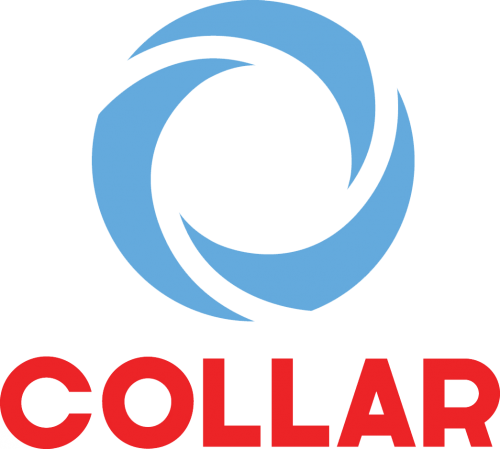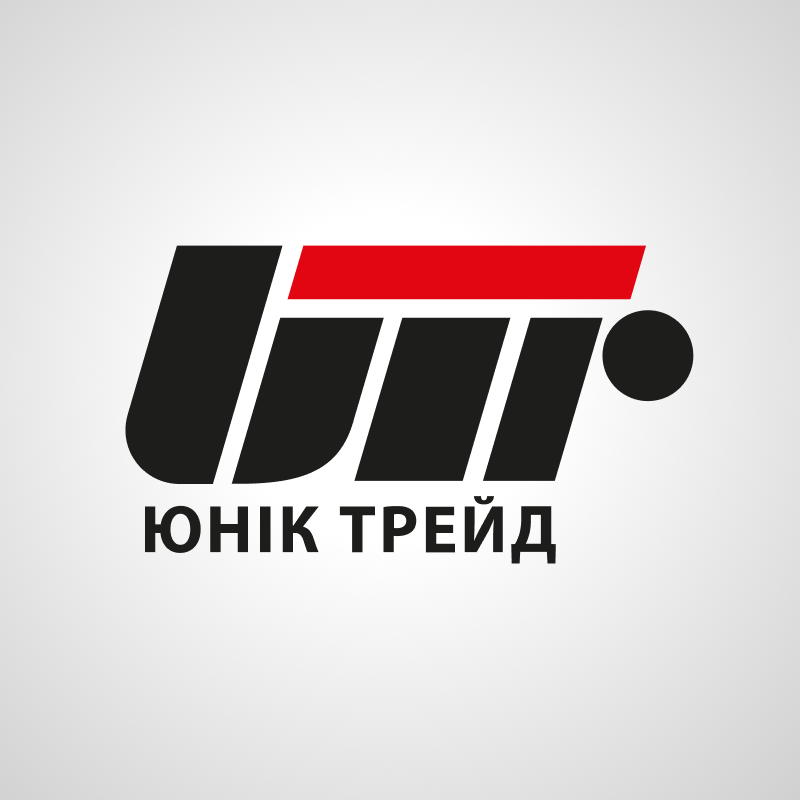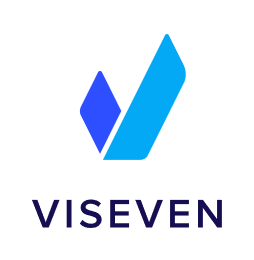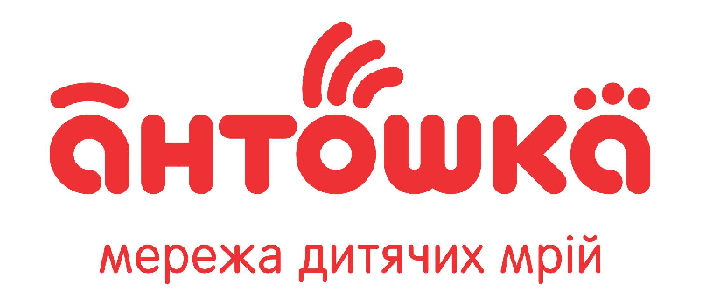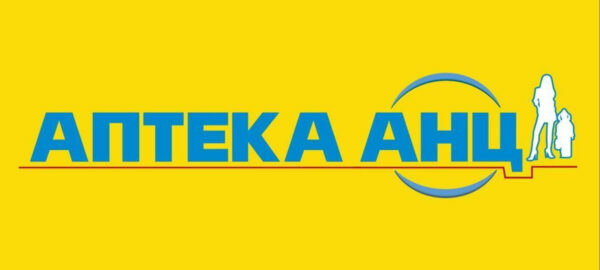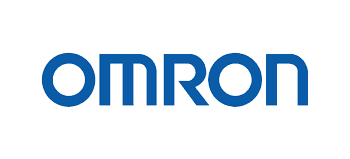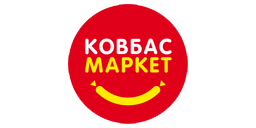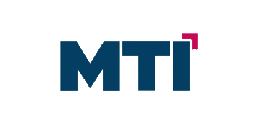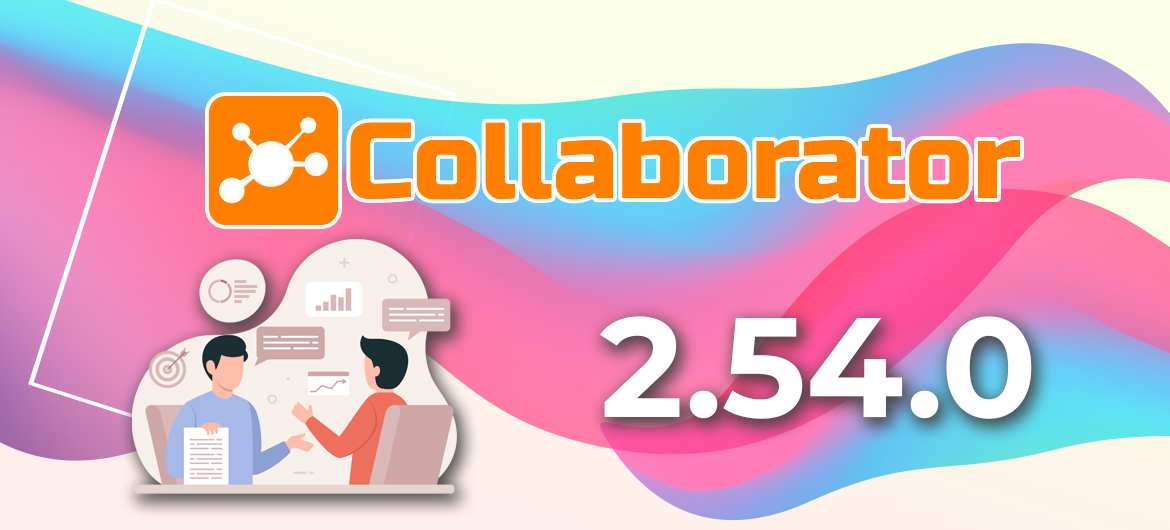
LMS Collaborator 2.54.0 – One-to-one meeting in development plans, categorizing gifts in the shop, creating custom reports and other updates
Meet the new version – LMS Collaborator v.2.54.0!
1. Updates for development plans
1.1. Creating One-to-one meeting tasks
Development plans are an effective tool for organizing the professional growth of employees. Many companies conduct employee appraisals at the end of the year, which serve as the basis for individual development plans. For example, if the assessment reveals that an employee needs to improve certain competencies, appropriate tasks are added to their development plan to support this process.
Read more about LMS Collaborator development plans and their creation here
You can add both learning and personal tasks to the employee development plan in the form of a text description. These can be, for example, lists of recommended books for developing specific competencies, links to useful webinars, videos, or other resources for external learning.

LMS Collaborator personal development plans
You can also now add one-to-one meeting tasks to your development plan. They allow you to record the results of individual meetings between an employee and HR or a manager.

Such meetings often take place after the assessment, but are not limited to this period. Regular one-on-ones allow for adjustments to the individual development plan throughout the year, depending on changes in business goals or other factors. To prevent important findings from remaining only in verbal form or various notes, you can record them in a one-on-one assignment by structuring the key points of the meetings.
1.2. Tags in task sets
To quickly create development plans for employees, you can use ready-made task sets. For example, prepare tasks for each position in the company in advance: Sales Managers, Marketing Managers, Support, Content Manager, etc. This will significantly save time when creating similar development plans.

Ready-made task sets can be easily duplicated and edited to customize them to meet the individual needs of your employees. If you have many sets, you can add labels to categorize them. This will make it easier to find the right sets and make the process more organized.
1.3. Self-assignment of task sets
By default, only portal administrators can add task sets to development plans. However, there are cases when an employee needs to create their own development plan, depending on their own needs or career goals. For example, a sales manager wants to improve their negotiation skills, and an HR specialist wants to improve their knowledge of talent management.
In this case, you can create sets of tasks that users can assign to themselves. To do this, activate the feature: “Allow users to assign themselves task sets in development plans” in the task policy settings:

After that, when you create or edit a task set, you can specify whether the task set can be assigned by the user.

It provides additional flexibility and allows employees to choose tasks that meet their needs and goals, contributing to a more personalized approach to development.
2. Categorizing gifts in the Gift shop
The Gift shop in LMS Collaborator is a gamification tool that helps to further motivate employees to learn. By completing tasks, they receive bonuses that they can accumulate and exchange for interesting gifts from the shop.
Read more about the Gift Shop here

LMS Collaborator gift shop
To make the search for gifts more convenient, you can divide them into categories. For example, books, training, corporate merchandise, technology, etc. This simplifies navigation and allows employees to find the rewards they are interested in faster.

3. Status of learning paths progress in reports
In LMS Collaborator, you can create learning paths – structured learning routes that include a sequence of learning tasks for specific positions or roles. Tasks in the trajectory automatically open based on the results of the previous ones, ensuring gradual mastery of the material.
Read more about the learning paths here
Now reports show the status of the trajectory for each user:

Administrators and managers can monitor the progress of learning, see where the user is at, and help in case of difficulties. This makes the learning process even more transparent and efficient.
4. Quizzes with multiple choice on images
LMS Collaborator allows you to easily organize employee testing – from certifications and knowledge checks to regular training tests. The platform supports various types of questions: single and multiple choice, ordering, classification, matching, and image selection.
Previously, in multiple-choice questions, only one correct answer could be indicated on an image. But there are situations where there may be several correct answers. For example, in a test for technical specialists, you need to select all the equipment items that need to be checked before launch. Or in a test for marketers, you need to identify several successful logo locations on an advertising layout. In addition, such tests can be used to check the attentiveness of employees.

Now you can ask multiple correct answers to such questions. This makes the tests even more flexible and helps to more accurately assess employee knowledge in various areas.
5. Searching and filtering departments in the organizational structure
The organizational structure in LMS Collaborator helps to store and display information about the functional subordination of employees. It allows you to record the structure and hierarchy of departments, define the positions of employees in the company, and establish connections between managers, colleagues, and subordinates.
To make it easier to work with large organizational structures, we added a search by department function to the table with a filter by organizational structure.

Now you can quickly find the department or team you need without having to manually browse the entire organizational structure. This is especially useful for companies with a branched structure, where you need to quickly access information about a specific department or find the right group of employees.
6. Numerical parameters of tasks
In LMS Collaborator, you can now configure the numerical type of additional parameters for tasks. This extends the capabilities of learning administrators by allowing them to record quantitative indicators to assess the results of tasks.
Additional options can be used if you need to analyze the training process in more detail, track employee progress, or record important metrics.

For example, if a company organizes an external learning or a training session, the administrator can specify its cost in the numeric field of the task. This information will be displayed in the training history report, which will allow you to calculate the total cost of training activities. This helps to control the budget more effectively and evaluate investments in staff development.

7. Updates of notifications and reminders
7.1. Creating custom message templates
LMS Collaborator has several channels for communicating with users. One of them is the automatic email distribution of important reminders and notifications. They are generated using templates that can be easily edited. For example, a template for assigning a new task, a template for approaching a task deadline, a template for a report for managers on the progress of subordinates, etc.
Since each company has its own characteristics and training strategy, standard templates may not always meet business requirements. To personalize communication, you can create custom message templates in LMS Collaborator that take into account the specifics of the company, corporate style, or additional instructions for users.
*If you need to customize a customized message template, please contact our technical support team: [email protected]
7.2. Reminders of upcoming birthdays
LMS Collaborator automatically sends reminders about colleagues’ birthdays. This helps to maintain a friendly atmosphere in the team, facilitates communication, and strengthens the corporate culture.
To prepare in advance for the greeting, you can set up an additional reminder and choose how many days before the event your employees will receive a notification. For example, if you select a three-day reminder, all employees will receive a notification at the same time.

It will allow users to organize greetings, prepare a gift, or plan a small celebration in advance.
7.3. Turning off reminders of new answers in quizzes
In free-response quizzes, users write their answers in writing, without selecting any predefined options. Since these answers cannot be checked automatically, administrators have to score them manually.
For the convenience of checking, LMS Collaborator has a separate moderation page where you can view new answers. The system also sends email notifications to administrators with a link to quickly get to the review.
However, in large companies, such tests are usually checked by individual specialists, not all portal administrators. To avoid an excessive number of notifications, administrators can disable reminders of new responses for themselves, leaving them only for responsible persons. This reduces the workload and avoids unnecessary notifications.

8. Customizing a quizzing report
We have made working with reports in LMS Collaborator even more convenient! You can customize the composition of the quiz report table yourself by:
- Selecting the data you want to display, including standard and custom user profile fields;
- Fixing the first column with the first name for easy viewing of large data sets, while maintaining the visibility of names when scrolling through the table from different devices.
- Exporting the customized report in Excel format for further analysis.

This setting is also available for course and program reports.
Read about the previous version of LMS Collaborator 2.53.0 here


